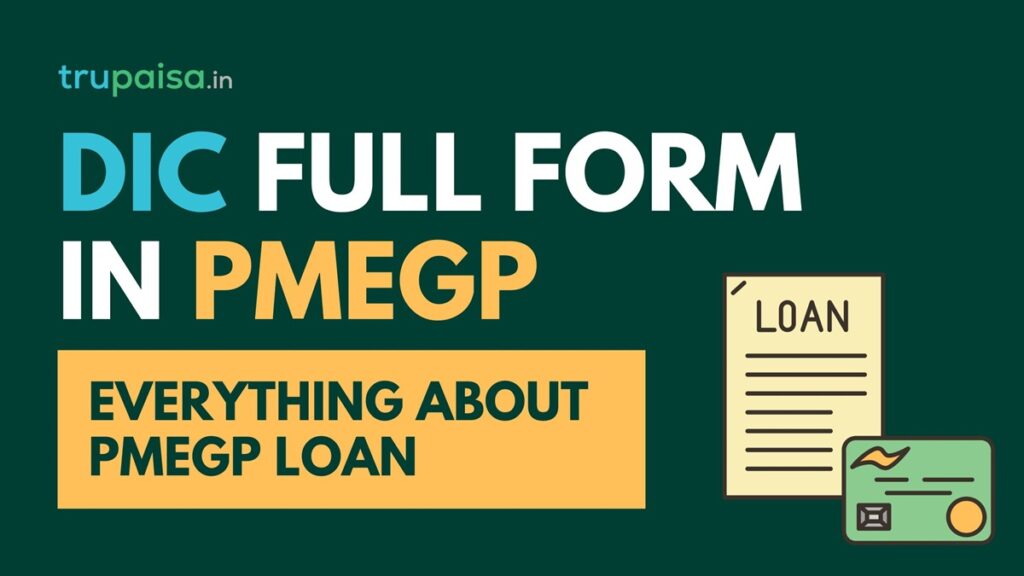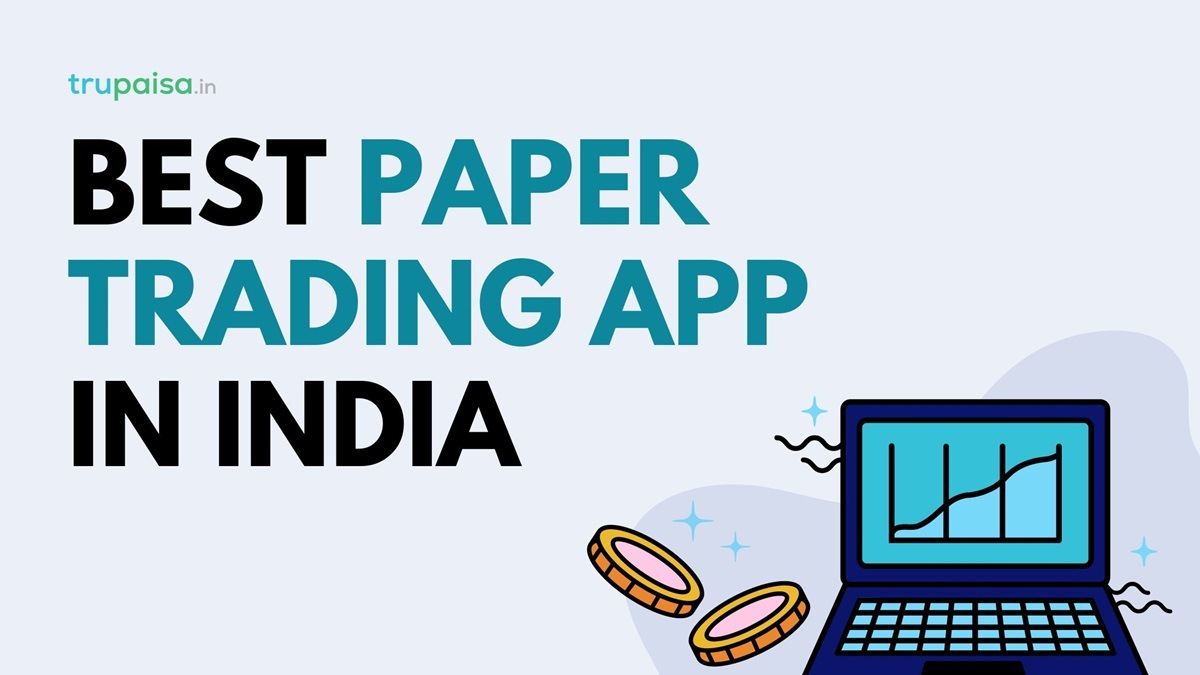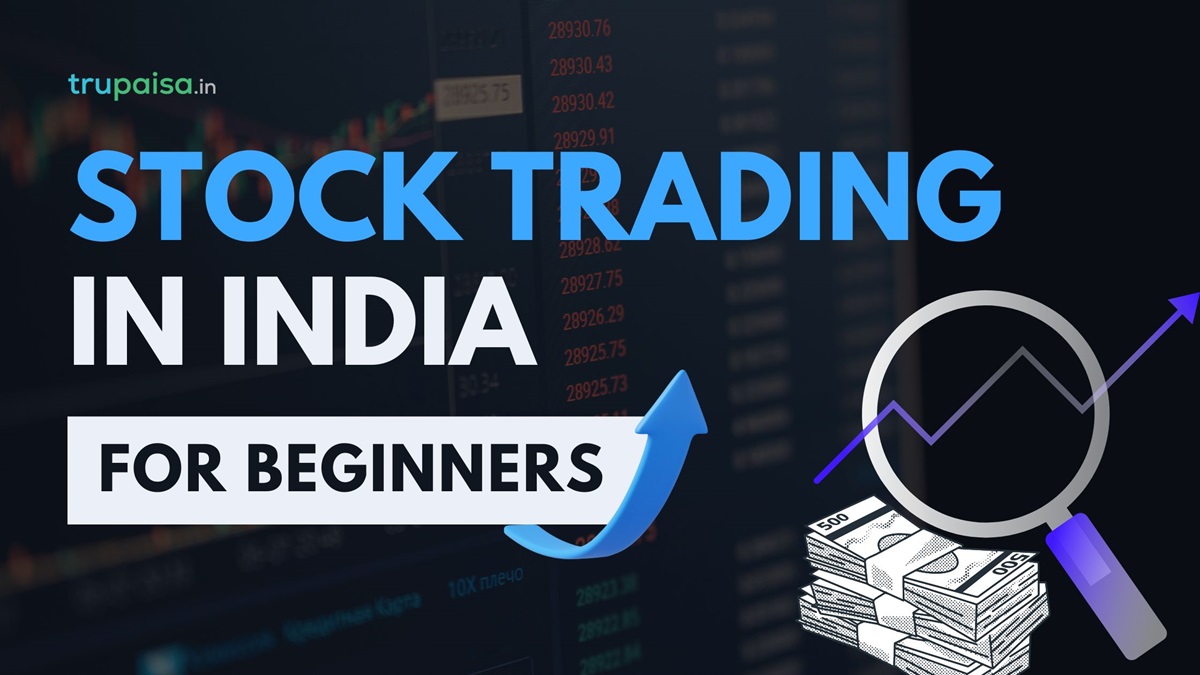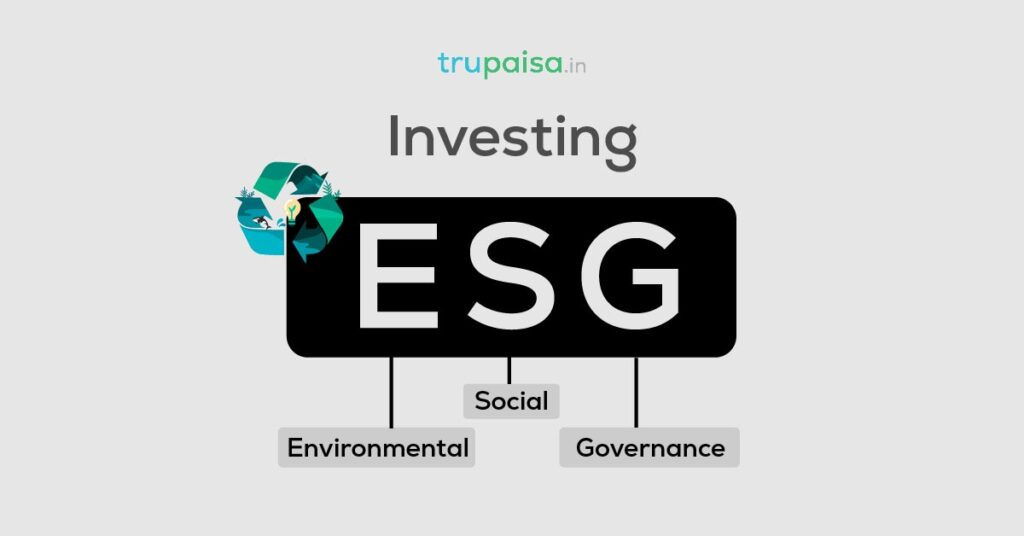DIC full form in PMEGP
The full form of DIC in the context of the Prime Minister’s Employment Generation Programme (PMEGP) is District Industries Centre.

What is the role of DIC in PMEGP?
Here’s how DICs play a crucial role in PMEGP:
- Implementation: They are one of the implementing agencies for PMEGP at the state level, alongside KVIC (Khadi and Village Industries Commission) and KVIBs (State Khadi and Village Industries Boards).
- Awareness and outreach: DICs are responsible for generating awareness about PMEGP in their respective districts, informing potential entrepreneurs about the scheme’s benefits and eligibility criteria.
- Application processing: They assist entrepreneurs in filling out PMEGP loan applications and guide them through the submission process.
- Project evaluation: DICs participate in the evaluation of project proposals received under PMEGP, assessing their feasibility and viability.
- Monitoring and support: They monitor the progress of PMEGP-funded units and provide ongoing support to entrepreneurs through training, counseling, and market linkages.
Conclusion
Overall, DICs play a vital role in ensuring the smooth implementation of PMEGP at the district level, helping aspiring entrepreneurs access financial assistance and guidance to establish their micro and small enterprises.
It’s important to note that depending on the context, DIC can also stand for different things, such as Digital Innovation Center or Data Interchange Center. However, in the context of PMEGP, the full form is definitely District Industries Centre.
All said & done. Lets answer some of the critical question regarding PMEGP loans. (pmegp loan govt gyan)
FAQs
PMEGP Full Form?
PMEGP is a abbreviation of “Prime Minister’s Employment Generation Programme”. Read below to find more about PMEGP.
Who is eligible for PMEGP loan?
To be eligible for the Prime Minister’s Employment Generation Programme (PMEGP) loan, an individual must be above 18 years of age.
There is no income ceiling for assistance, and for projects costing above Rs. 10 lakh in the manufacturing sector and above Rs. 5 lakh in the business/service sector, the beneficiary should have at least an VIII standard pass educational qualification. Existing units and those that have already availed government subsidies are not eligible.
Who is not eligible for PMEGP loan?
Existing units and units that have already availed any government subsidy (under PMRY, REGP, PMEGP, CMEGP, or any other scheme of the Government of India or State Government) are not eligible for PMEGP loan.
Projects without capital expenditure (term loan) are also not eligible. All other individuals above 18 years of age who meet the eligibility criteria can apply for the loan.
How can I apply for a PMEGP loan?
To apply for a PMEGP loan, you need to follow these steps:
- Check your eligibility criteria
- Validate and authenticate your Aadhaar details online
- Generate a user ID and password
- Login to the PMEGP portal to fill in further details
- Upload the required documents
- Fill up the scorecard
- Verify the details and submit the application
- Track the status of your application form submission until final disbursement and adjustment
What is the maximum loan limit for PMEGP?
The maximum loan limit for the Prime Minister’s Employment Generation Program (PMEGP) is Rs. 50 lakh for the manufacturing sector and Rs. 20 lakh for the business/service sector.
The scheme covers most industries, except those on the negative list, and provides subsidies ranging from 15% to 35%.
Is PMEGP loan interest free?
No, PMEGP loans are not interest-free.
They incur regular interest rates between 11% and 12%.
However, as per RBI guidelines, the project costing up to Rs. 10.00 lakhs under PMEGP loans are free from collateral security.
What is the cibil score for PMEGP loan?
The CIBIL score requirement for a PMEGP (Prime Minister’s Employment Generation Programme) loan is not explicitly mentioned in the available sources.
The PMEGP loan scheme focuses on providing financial assistance to entrepreneurs, and the eligibility criteria include factors such as the maximum project cost, subsidy rates, and collateral requirements.
While a good credit score is generally important for loan approval, the specific CIBIL score requirement for a PMEGP loan is not specified in the provided information.
It’s advisable to consult with the relevant financial institutions or authorities for the most accurate and up-to-date information on the credit score requirements for PMEGP loans.
How much is PMEGP subsidy?
The PMEGP subsidy ranges from 15% to 35% of the project cost.
For the general category, the urban subsidy rate is 15%, and the rural subsidy rate is 25%.
For special categories, including minorities, SC/ST, ex-servicemen, OBC, NER, physically handicapped, hill & border regions, the urban subsidy rate is 25%, and the rural subsidy rate is 35%
What is the duration of PMEGP loan?
The PMEGP loan has a repayment tenure of 3 to 7 years, as per the information available from various sources.
What is the rejection reason for PMEGP?
The rejection reasons for PMEGP (Prime Minister’s Employment Generation Programme) loans include inadequate knowledge in the proposed industry, activity in the negative list as per the PMEGP Scheme, being a government employee, inability to submit documents, unsatisfactory CIBIL report, being a defaulter, and other reasons such as improper application or being an existing unit.
Small mistakes, lack of mandatory documents, not meeting viability criteria, and being out of the service area are also common reasons for rejection.
Additionally, factors such as age, unstable employment, low credit scores, and low loan-to-income ratio can contribute to loan rejection in general
Which documents required for PMEGP loan?
When applying for a PMEGP loan, the required documents include a duly filled application form with passport-sized photographs, a project report, proof of identity and address, such as Aadhaar card, 8th pass certificate, and PAN card, special category certificate if applicable, EDP certificate of training, caste certificate, academic and technical course certificates, and any other documents required by the financial institution or loan organization.
What is the lock in period for PMEGP?
The lock-in period for the Prime Minister’s Employment Generation Programme (PMEGP) is three years.
The subsidy claimed by a unit must be successfully adjusted after completing the lock-in period.
The lock-in period applies to the margin money (subsidy) claimed under PMEGP, and the first loan under PMEGP/MUDRA/REGP has to be repaid before the lock-in period ends.
What is the benefit of PMEGP loan?
The Prime Minister Employment Generation Programme (PMEGP) loan scheme offers financial assistance to set up new micro-enterprises in the non-farm sector for rural and urban areas.
The benefits of PMEGP include low-interest loans and subsidies, increased credit flow to the micro sector, employment opportunities for traditional artisans and unemployed youth, and increased employment and entrepreneurship characteristics of the regions and of the nation.
PMEGP also gives everyone an equal and fair chance for qualifying for the subsidy as the eligibility criteria are simple.
How is PMEGP loan disbursed?
PMEGP loan is disbursed by the financing bank after the loan is sanctioned and the margin money subsidy is claimed/uploaded on PMEGP.
The entrepreneur is not required to complete the EDP training for the loan.
The maximum amount disbursed within the manufacturing sector is limited to Rs. 25 lakhs, while the limit set for the service/business sector is Rs. 20 lakhs.
The interest rate on PMEGP loan ranges between 11%-12%, and the repayment tenure can vary from 3 to 7 years after an initial moratorium period of up to 6 months
How do I return my PMEGP subsidy?
To return your PMEGP subsidy, you should follow the guidelines provided by the Ministry of Micro, Small and Medium Enterprises (MSME).
The subsidy amount should be kept in a Term Deposit Receipt (TDR) for three years without earning any interest. The financing bank will provide specific instructions for the return process.
Is PMEGP collateral free?
Yes, PMEGP loans up to Rs. 10 lakhs are collateral-free as per RBI guidelines. However, for projects with costs ranging from Rs. 5 lakhs to 25 lakhs, the Credit Guarantee Fund Trust for Micro and Small Enterprises (CGTMSE) provides a collateral guarantee.
Is trading allowed in PMEGP?
Yes, trading and business activities are allowed under the Prime Minister’s Employment Generation Programme (PMEGP).
The PMEGP is a scheme that offers financial assistance to those who want to set up new enterprises.
The scheme is implemented by the Khadi and Village Industries Commission (KVIC), directorates, District Industries Centres, State Khadi and Village Industries Board, and banks at the state level.
The maximum amount that is disbursed within the manufacturing sector is limited to ₹25 lakh, while the limit for the service/business sector is set at ₹10 lakh.
Helpline Numbers for PMEGP Loans
You can visit this link to get all required numbers to help you avail PMEGP loan.
LATEST POST
- Best Paper Trading Application In India
- Ashneer Grover Net Worth: Income, Wealth & LifeStyle!
- Stock Trading In India For Beginners: Step By Step Guide
- Vastu Shastra For Home: Boost Positive Energy Of Your Home.
- ESG Full Form || ESG Investing: A Complete Guide
2024 apartment Banking biography book review books Broking cards cibil score complete guide credit cards demat esg investment facts finance fintech flats forex governement schemes home home buying home loan investment loan mindset mind to matter mivan technologies mutual funds neobanks nri OC and CC p2p personal finance plots plots in lucknow reading habits real estate real estate terms retirement planning reviews stock market tax benefit taxes trading vastu








